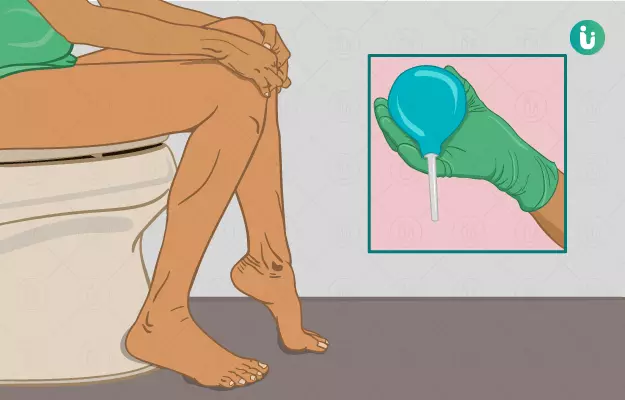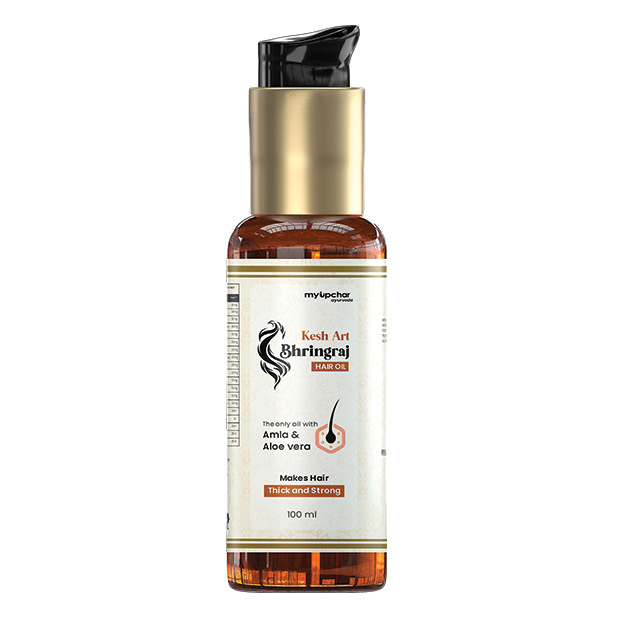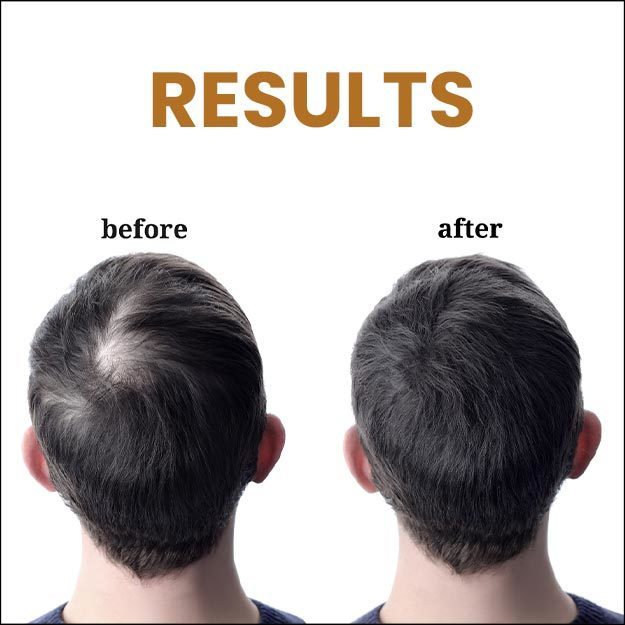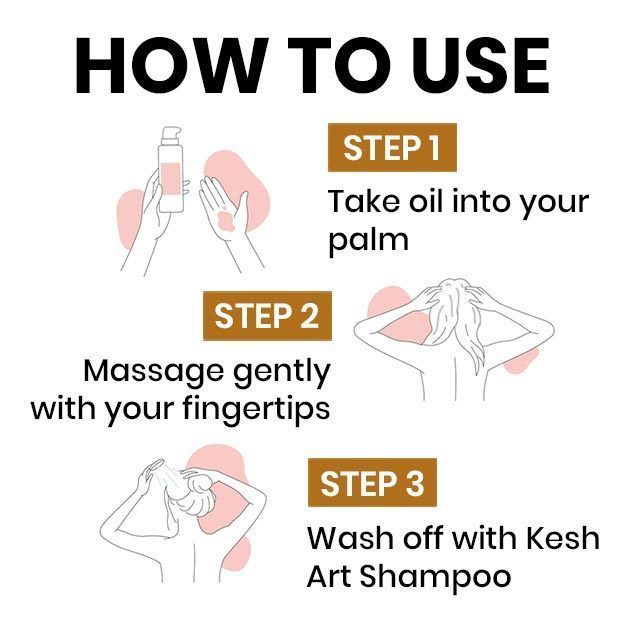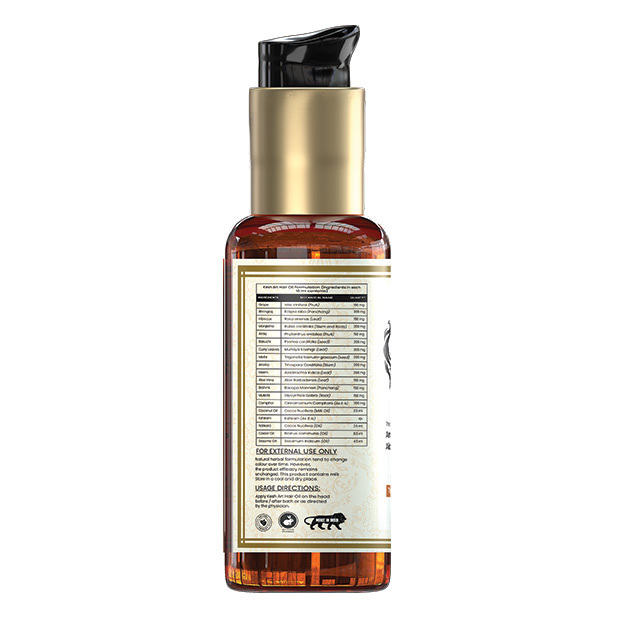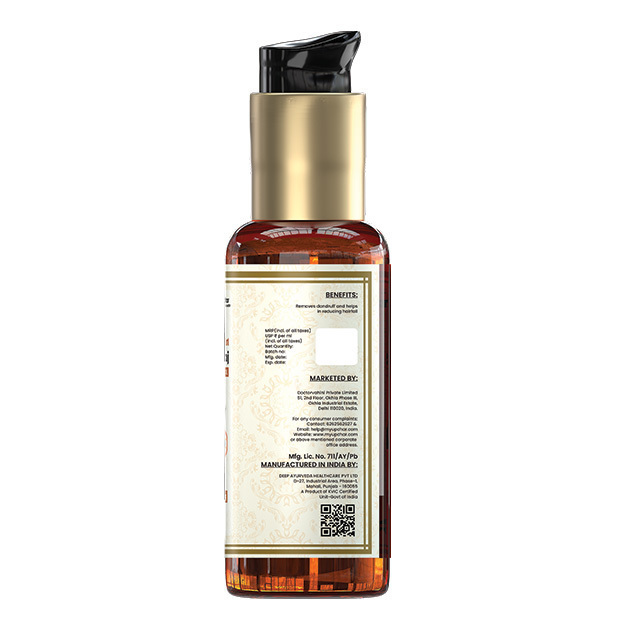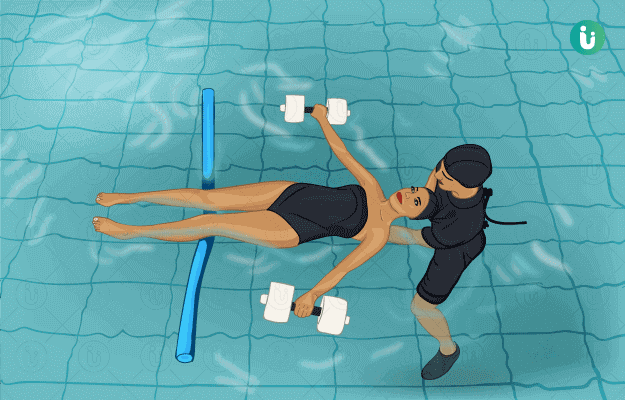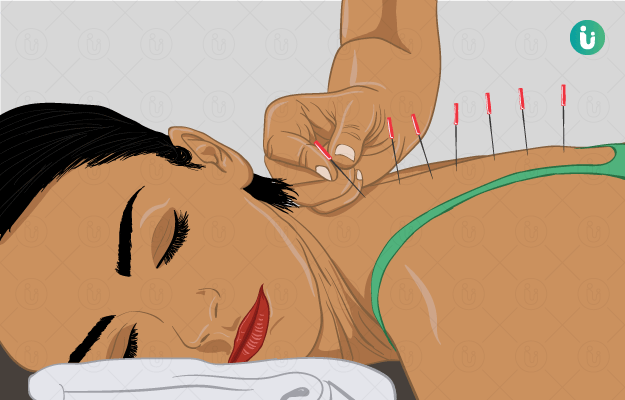Enema is a medical procedure in which a therapist introduces a solution into the lower portion of the bowel through the rectum. The solution could be medicinal, an anaesthetic or an investigatory dye.
Evacuant enema and retained enema are the two types of enemas. The temperature of the enema solution can vary from cold to warm and even hot in some cases.
Enema is usually given to a person with constipation or gaseous bloating. A cold enema can also be given to a person with a high fever who has not been responding to medicines. A barium enema can help in examining the rectum and the colon. Barium is a metallic element.
The enema should only be done in a sterile environment by a medical professional and should not be done at home. Improper use of enema can lead to severe damage to the intestines and its microflora (the gut bacteria).

